If you want fresh air to breathe, then you can grow these Indoor Plants that are Literally Oxygen Bombs and enjoy a fresh atmosphere in your rooms!
If you desire fresh and natural air in your rooms, then you can go in for these Indoor Plants that are Literally Oxygen Bombs! They also look great and are easy to maintain.
Here are some of the best plants you can grow that absorb CO2 at night
Indoor Plants that are Literally Oxygen Bombs
1. Snake Plant

Botanical Name: Sansevieria trifasciata
Literally oxygen bombs, snake plants are popular for their air-purifying qualities and aesthetics. This study, at Naresuan University, Phitsanulok, Thailand, authenticates that they are great at producing oxygen and can absorb CO2 at 0.49 ppm/m3 in a closed system.
Also, they are CAM plants that release oxygen at night and absorb CO2 too.
2. Pothos
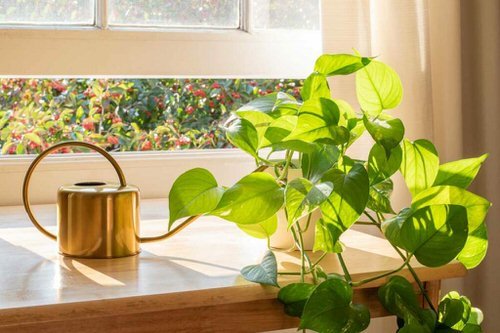
Botanical Name: Epipremnum aureum
Pothos is popular for lush green foliage and adaptability, but many reasons gave this houseplant huge fame. The one proven reason is its fast conversion rate. In this experiment, a 6.5% reduction in CO2 has been found.
It also increased the oxygen level by decreasing CO2 from 454 PPM to 425 PPM.
3. Philodendron
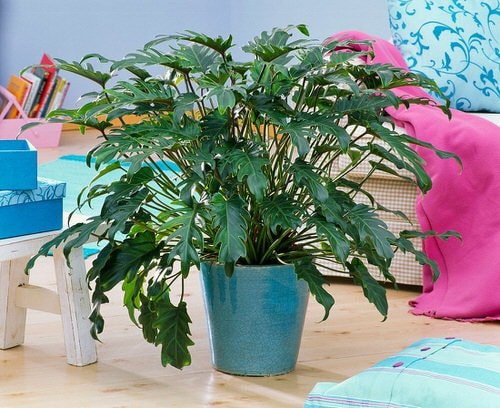
Botanical Name: Philodendron
This NASA certified plant is great at purifying the air. It filters out harmful toxins and effectively produces oxygen. Varieties like heartleaf philodendron, lacy tree philodendron, and elephant ear act well at eliminating formaldehyde from the air while emitting oxygen.
4. Dumb Cane
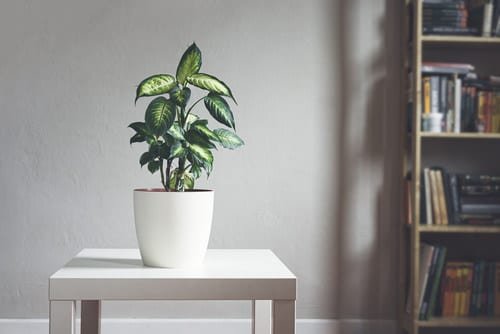
Botanical Name: Dieffenbachia
According to this Malaysian study, the dumb cane can effectively absorb CO2. In the test, the initial carbon dioxide was 436 PPM, which decreased to 332 PPM after the final reading.
5. Jade Plant

Botanical Name: Crassula ovata
This CAM plant has the ability to absorb CO2 at night. You can grow it indoors to improve the air quality even in the dark hours. Jade plant executes photosynthesis in the day through the Calvin cycle.
6. Bamboo Plant

Botanical Name: Bambusoideae
Bamboo plants are great at balancing oxygen and CO2 in the surroundings. They emit 35% more oxygen than a similar stand of trees. Read how to grow bamboo in pots here.
7. Dracaena
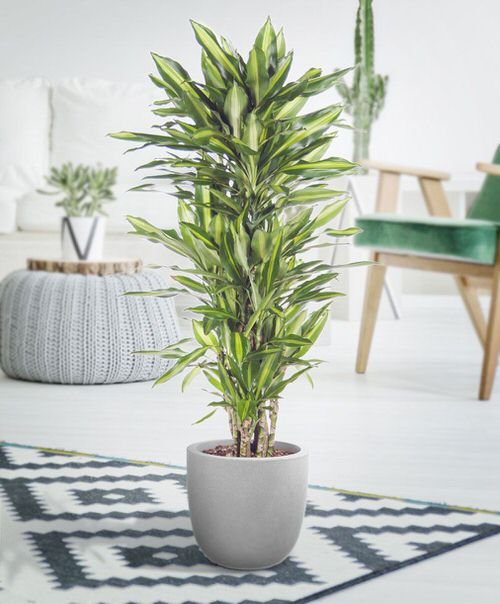
Botanical Name: Dracaena fragrans
Dracaena plants are not only valued for their appearance, but they have many other benefits too. Varieties like dracaena marginata, dracaena fragrans ‘Massangeana,’ and dracaena deremensis ‘Janet Craig’ is great in producing oxygen and eliminating harmful toxins from the air.
8. Chinese Evergreen
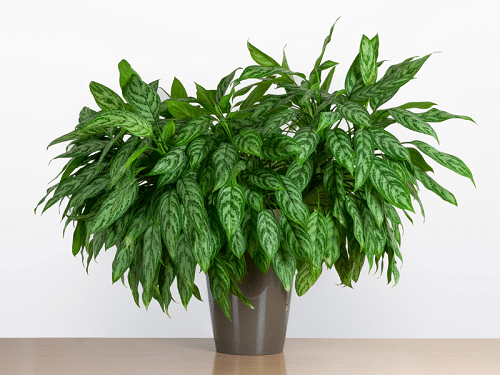
Botanical Name: Aglaonema
Aglaonema plants are excellent in boosting the air quality of your home by filtering out air pollutants and toxins. Also, this beautiful houseplant releases oxygen indoors and helps in improving health and productivity.
9. Gerbera Daisy
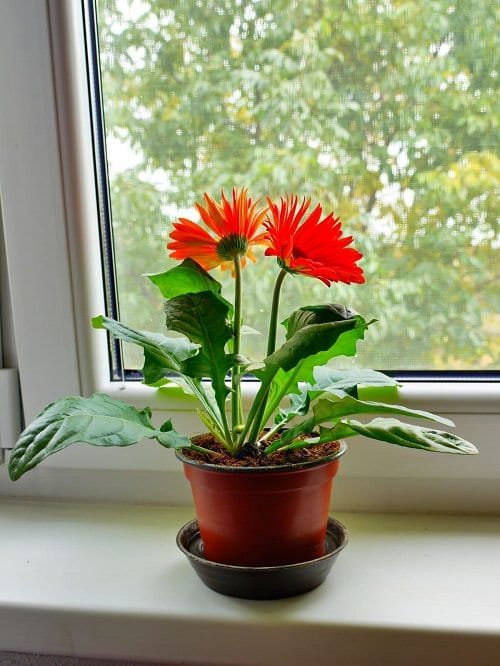
Botanical Name: Gerbera jamesonii
This beautiful flowering plant produces high oxygen levels during the night and removes harmful chemicals from the air. Also, it will be a great addition to rooms, thanks to its awesome flowers!
10. Peace Lily
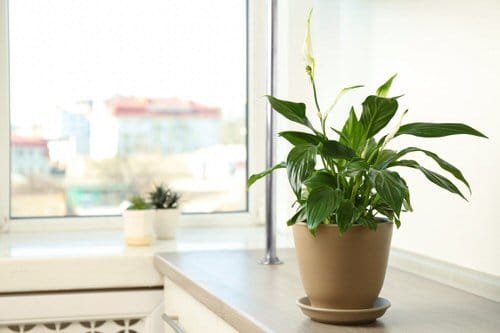
Botanical Name: Spathiphyllum wallisii
This study at the University of Technology in Sydney, Australia, reveals that peace lily can reduce the presence of CO2 and work well in increasing the percentage of oxygen in a well-vent room by approximately 25%.
11. Areca Palm
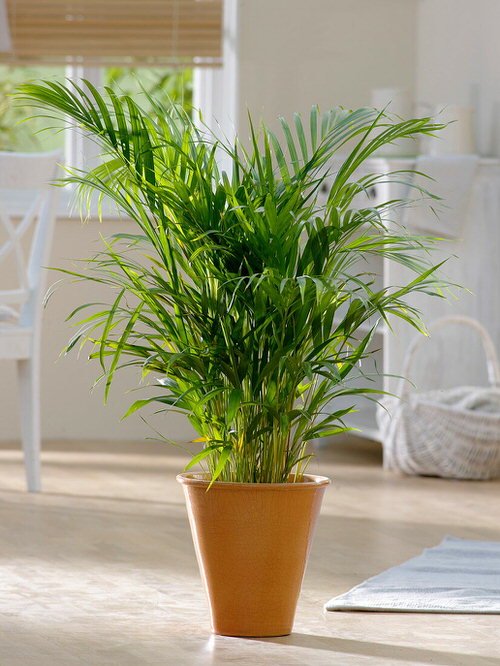
Botanical Name: Dypsis lutescens
Areca palm is admired for humidifying indoor air. It also quite a potent plant when it comes to releasing oxygen and can greatly increase its level indoors when grown in pairs.
12. Weeping Fig
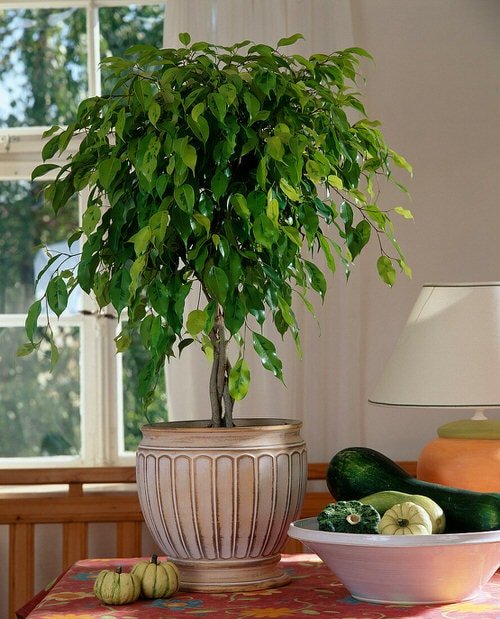
Botanical Name: Ficus benjamina
It has been observed in this research by Pukyong National University, Busan, Korea, that weeping fig can efficiently decrease the concentration of carbon dioxide from the air, consequently striking up the oxygen levels.








